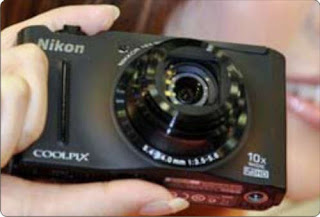You may actually mistake the Sony Ericsson Xperia X8 using the X10 mini (or vice versa), if you are just looking at the images, because both handsets look almost identical. The truth is though, The X8 shows its superiority by treating you to definitely its 3-inch capacitive LCD screen along with resolution of 320x480 pixels - ample for this screen size. Because it's a standard TFT (IPS LCD or AMOLED have yet to operate their way to the mid- as well as low-end), viewing angles are now quite of the same quality. Although it should be capable associated with showing 16 million colors, gradients are not even close to perfectly smooth. Not that this is all unbearable obviously - we can live with this, especially having in mind the flawless touch registration from the capacitive panel. Outdoor visibility isn't an excellent issue, especially if you have the brightness bumped towards the max, but you'll still have in order to shield the display in extreme circumstances.
Below the screen you can discover the mandatory Menu, Home and Back keys which are totally in the style of Xperia Andorid cell phones, meaning chrome-like, adding to the stylish appearance from the Sony Ericsson Xperia X8. The right side is in which the volume rocker and one-step camera shutter (the actual 3. 2MP camera lacks autofocus) tend to be situated, and on the top you've the power/lock key, microUSB port along with a standard 3. 5mm headset jack.
The Sony Ericsson Xperia X8 is in no way an unattractive phone. Quite the in contrast, it is one of the better looking Androids available. Well, to tell you the reality, the body has a slight cheap feel into it, mostly due to the plastic back cover. However, rear covers are also a powerful point of the X8, because it is simple to replace these with other color variations. All in all, the Sony Ericsson Xperia X8 is really a very elegant device, to say minimal.


















